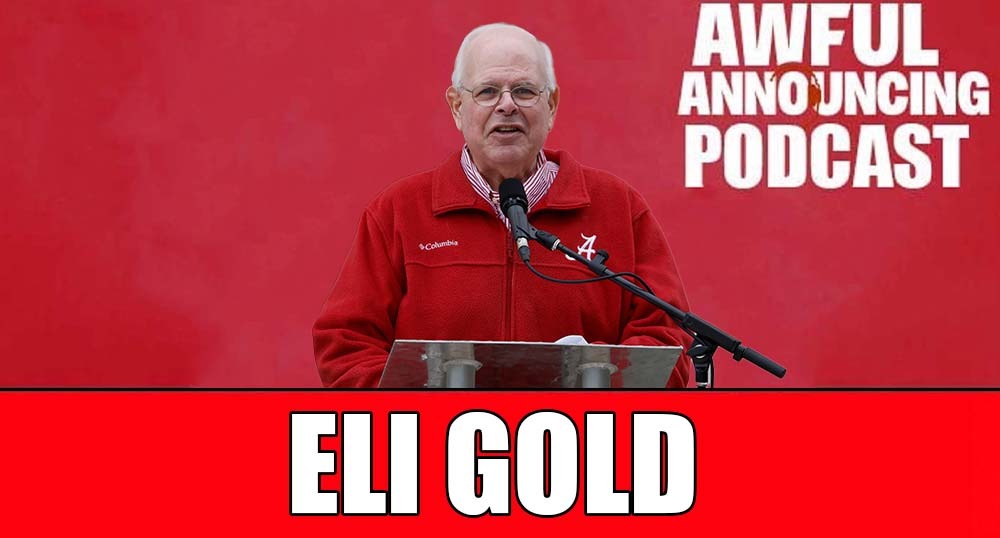We keep hearing about cord cutters, those who have gotten rid of cable or satellite TV and watch their programs through Amazon Prime, Hulu, Netflix or by traditional broadcast channels. The sports networks have been looking for ways to prevent viewers from getting rid of their subscriptions, but it seems people are still saying goodbye to cable and satellite.
According to a study by Digitalsmiths which is owned by TiVo, 8.2 percent of those responding say they have totally cut their cable or satellite service in 2014. That’s up 1.3% from the previous year. And even some more concerning news to the cable and satellite providers, another five percent plan to cut their service with another 3% going to switch to an online app or rental service in the next six months.
For those who have kept cable, DirecTV or Dish, 45.2% plan on reducing their channels, a term now called “cord shaving.” These respondents say they would spend more time on streaming services while going to smaller packages that might include premium channels.
Digitalsmiths says the high cost of cable and satellite is driving more people to cut the cord, but in addition to that, subscribers cite customer service and bad channels as reasons why they’re leaving pay TV.
Once in nearly 100 million homes, ESPN as of February 2015 is in 94.4 million homes and other networks have seen drops as well, some not as big as the Worldwide Leader’s.
ESPN is looking beyond TV experience and talking with providers about going over the top, services that don’t require a cable connection. It joined Dish Network’s Sling TV in January and is talking with other services about coming on board.
Will it work? That remains to be seen, but the numbers of cord cutters are enough for the cable and satellite providers to be concerned and look for ways to stop the flow of canceled subscriptions. Perhaps a la carte or “skinny packages” can work, but ESPN is looking at legal action against Verizon to stop its inclusion in its reduced bundle.
So as more people are shucking their cable and satellite subscriptions or reducing their pay bundles, the sports networks hope their content can stem the tide. Right now, consumers are speaking with their wallets, by cutting the cord.








Comments are closed.